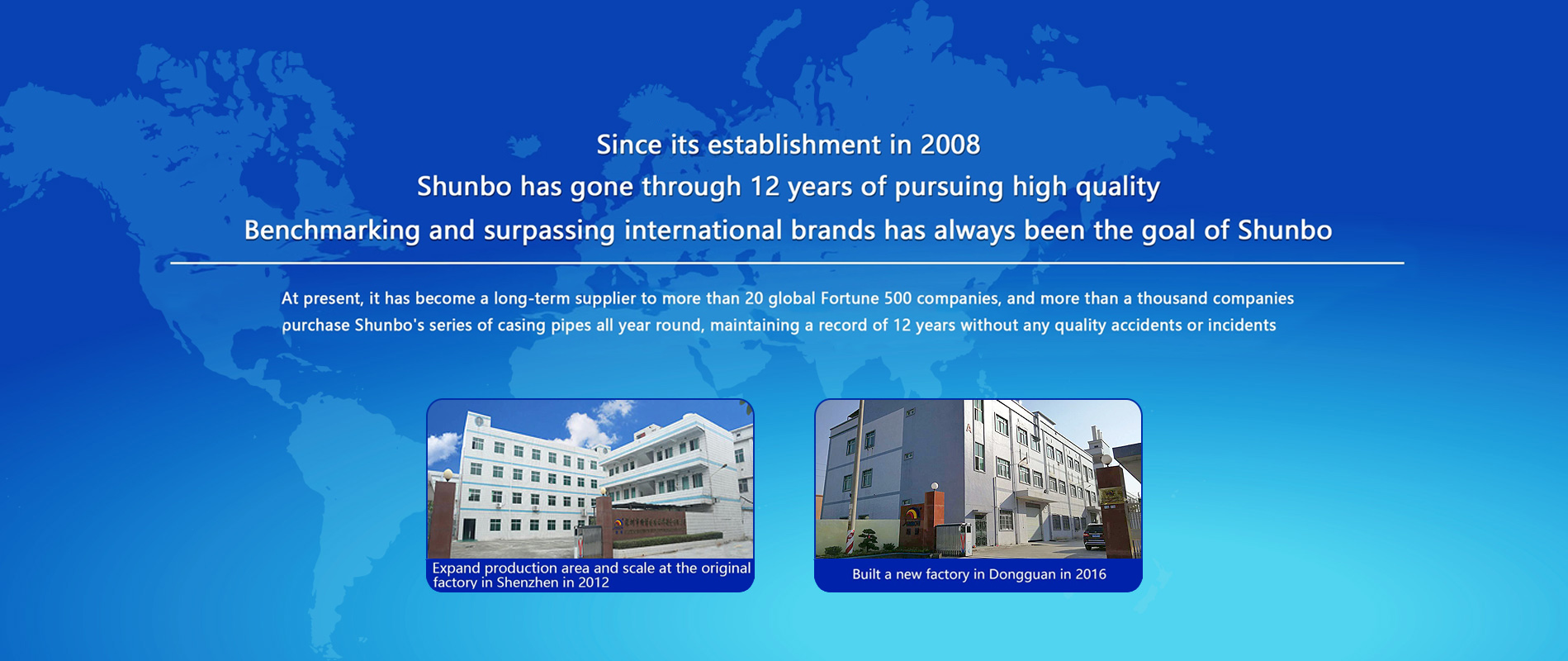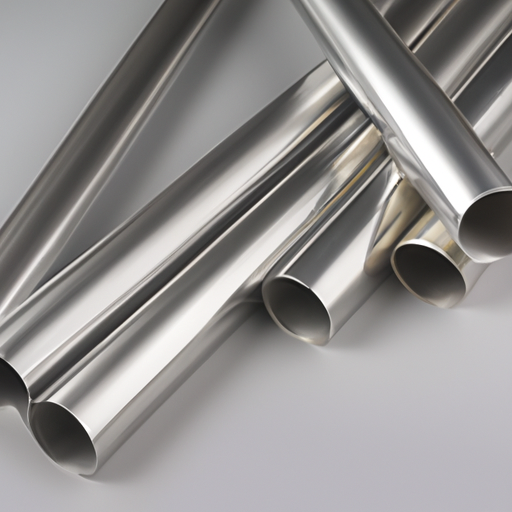
The Role of Open Corrugated Pipe Products in Practical Applications
I. Introduction
Open corrugated pipe products have become essential components in various industries, serving a multitude of practical applications. These pipes, characterized by their unique corrugated design, offer flexibility, durability, and resistance to environmental factors. As industries continue to evolve, the significance of open corrugated pipes in agricultural, construction, environmental, and industrial applications cannot be overstated. This article aims to explore the definition, characteristics, applications, advantages, challenges, and future trends of open corrugated pipe products.
II. Understanding Open Corrugated Pipe Products
A. Description of Materials and Manufacturing Processes
Open corrugated pipes are typically made from high-density polyethylene (HDPE) or polyvinyl chloride (PVC). These materials are chosen for their lightweight nature, resistance to corrosion, and ability to withstand various environmental conditions. The manufacturing process involves extruding the material into a corrugated shape, which enhances the pipe's structural integrity while maintaining flexibility.
B. Types of Open Corrugated Pipes
Open corrugated pipes come in various forms, primarily categorized into single-wall and double-wall pipes.
1. **Single-wall pipes** are lightweight and flexible, making them ideal for applications where ease of installation is crucial.
2. **Double-wall pipes**, on the other hand, feature an inner smooth wall and an outer corrugated wall, providing additional strength and resistance to external pressures.
These pipes also vary in diameter and length, allowing for customization based on specific project requirements.
C. Key Characteristics
Open corrugated pipes possess several key characteristics that make them suitable for diverse applications:
1. **Flexibility**: Their corrugated design allows for bending and shaping, making them adaptable to various installation environments.
2. **Lightweight Nature**: Compared to traditional piping materials, open corrugated pipes are significantly lighter, reducing transportation and installation costs.
3. **Resistance to Corrosion and Chemicals**: The materials used in these pipes are resistant to a wide range of chemicals and environmental factors, ensuring longevity and reliability.
III. Applications of Open Corrugated Pipe Products
A. Agricultural Applications
Open corrugated pipes play a vital role in agriculture, particularly in drainage and irrigation systems.
1. **Drainage Systems in Farming**: These pipes are used to manage excess water in fields, preventing waterlogging and promoting healthy crop growth.
2. **Irrigation Systems**: They facilitate efficient water distribution, ensuring that crops receive adequate moisture without wastage.
3. **Erosion Control**: By directing water flow, open corrugated pipes help mitigate soil erosion, preserving valuable topsoil.
B. Construction and Civil Engineering
In the construction and civil engineering sectors, open corrugated pipes are integral to infrastructure development.
1. **Stormwater Management**: These pipes are used in stormwater drainage systems to prevent flooding and manage runoff effectively.
2. **Sewer Systems**: Their durability and resistance to corrosion make them suitable for sewer applications, ensuring safe and efficient waste transport.
3. **Foundation Drainage**: Open corrugated pipes are employed to manage groundwater around building foundations, preventing structural damage.
C. Environmental Management
Open corrugated pipes contribute significantly to environmental management efforts.
1. **Water Quality Improvement**: They are used in systems designed to filter and treat stormwater, enhancing water quality before it enters natural bodies of water.
2. **Flood Control Measures**: By managing water flow and drainage, these pipes help mitigate the impact of flooding in vulnerable areas.
D. Industrial Uses
In industrial settings, open corrugated pipes serve various functions.
1. **Ventilation Systems**: Their lightweight and flexible nature makes them ideal for use in ventilation systems, ensuring proper airflow in facilities.
2. **Wastewater Management**: Open corrugated pipes are utilized in wastewater treatment processes, facilitating the transport of effluent.
3. **Chemical Transport**: Their resistance to chemicals allows for safe transport of various industrial chemicals, minimizing the risk of leaks and spills.
IV. Advantages of Open Corrugated Pipe Products
Open corrugated pipe products offer numerous advantages that make them a preferred choice in many applications.
A. Cost-effectiveness
The lightweight nature of these pipes reduces transportation costs, while their durability minimizes the need for frequent replacements, leading to long-term savings.
B. Ease of Installation and Maintenance
The flexibility and lightweight design of open corrugated pipes make them easy to install, even in challenging environments. Additionally, their low maintenance requirements contribute to overall cost savings.
C. Durability and Longevity
Open corrugated pipes are designed to withstand harsh environmental conditions, ensuring a long service life. Their resistance to corrosion and chemicals further enhances their durability.
D. Environmental Benefits
1. **Reduced Carbon Footprint**: The lightweight nature of these pipes reduces energy consumption during transportation and installation.
2. **Recyclability**: Many open corrugated pipes are made from recyclable materials, contributing to sustainable practices in construction and manufacturing.
V. Challenges and Limitations
Despite their many advantages, open corrugated pipe products also face challenges and limitations.
A. Potential for Clogging
The open design of these pipes can lead to clogging, particularly in applications where sediment or debris is present. Regular maintenance is essential to mitigate this issue.
B. Limitations in High-pressure Applications
Open corrugated pipes may not be suitable for high-pressure applications, as their structural integrity can be compromised under extreme conditions.
C. Environmental Concerns Regarding Plastic Use
The use of plastic materials in open corrugated pipes raises environmental concerns, particularly regarding pollution and waste management. Efforts to develop more sustainable materials are ongoing.
VI. Innovations and Future Trends
The future of open corrugated pipe products is promising, with several innovations and trends emerging in the industry.
A. Advances in Materials and Technology
Research and development are focused on creating more sustainable materials that maintain the performance characteristics of traditional pipes while reducing environmental impact.
B. Integration with Smart Systems
The integration of smart technology into drainage and irrigation systems is becoming increasingly common. Open corrugated pipes can be equipped with sensors to monitor water flow and quality, enhancing efficiency and management.
C. Sustainable Practices in Production and Application
As industries prioritize sustainability, the production and application of open corrugated pipes are evolving to incorporate eco-friendly practices, including the use of recycled materials and energy-efficient manufacturing processes.
VII. Conclusion
Open corrugated pipe products play a crucial role in various practical applications across multiple industries. Their unique characteristics, such as flexibility, durability, and resistance to environmental factors, make them indispensable in agriculture, construction, environmental management, and industrial uses. While challenges exist, ongoing innovations and a focus on sustainability promise a bright future for these products. As industries continue to evolve, further research and development in the field will be essential to maximize the benefits of open corrugated pipe products and address the challenges they face.
VIII. References
1. Smith, J. (2021). "The Role of Corrugated Pipes in Modern Agriculture." *Journal of Agricultural Engineering*.
2. Johnson, L. (2022). "Innovations in Pipe Manufacturing: A Sustainable Approach." *Construction Materials Review*.
3. Environmental Protection Agency. (2023). "Managing Stormwater: Best Practices." *EPA Publications*.
4. Brown, T. (2023). "The Future of Industrial Pipe Systems." *Industrial Engineering Journal*.
This blog post provides a comprehensive overview of the role of open corrugated pipe products in practical applications, highlighting their significance, advantages, and future trends.



